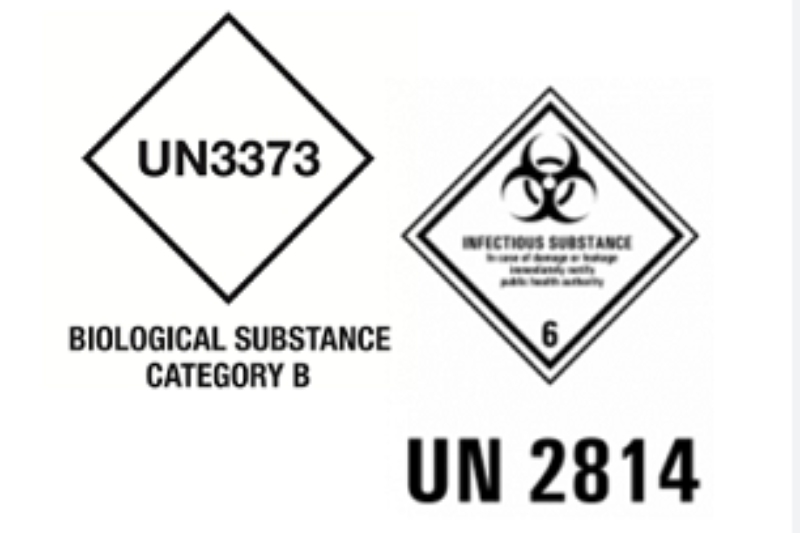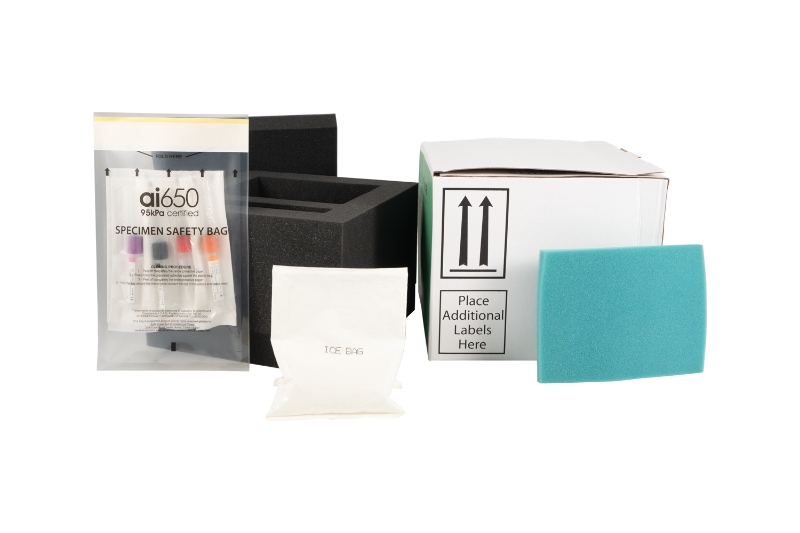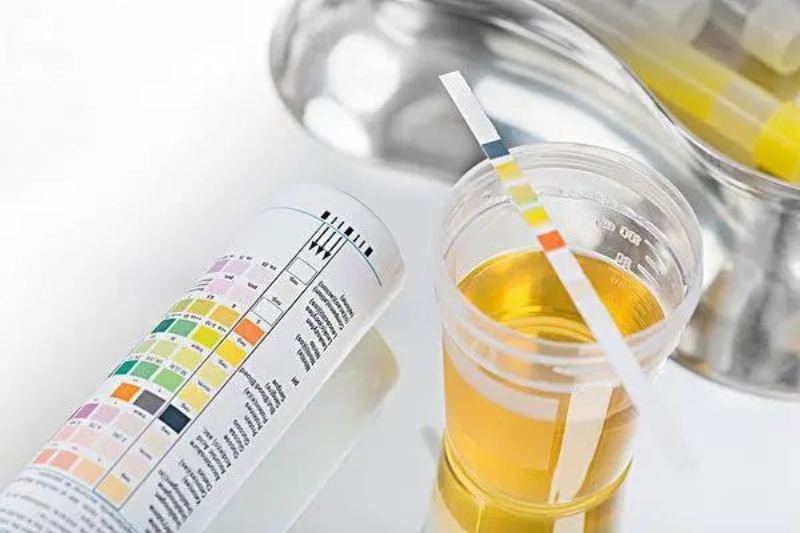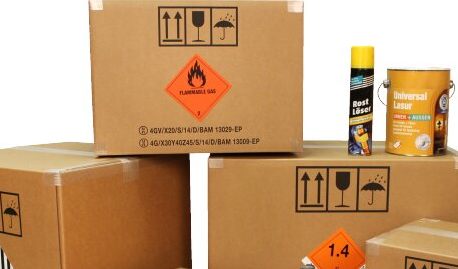 +86 178 5514 5298
+86 178 5514 5298 0102030405
From UN2814 to UN3373: Choosing the Right Biohazard Container for Your Lab
2025-04-16
Understanding UN Numbers for Biohazardous Materials
The UN numbers are a coding system used to classify hazardous substances based on their risk level and type. Here’s a brief overview of the key categories relevant to biohazardous materials:
- UN2814: Infectious substances affecting humans.
- UN2900: Infectious substances affecting animals.
- UN3291: Clinical waste.
- UN3373: Biological substance Category B.
Each category has specific requirements for packaging, labeling, and transport, which must be adhered to ensure the safe handling of these materials.
Key Considerations for Choosing Biohazard Containers
- Type of Material: Identify the type of biohazardous material you will be handling. Different materials may require different levels of containment and protection.
- Level of Risk: Assess the risk level associated with the biohazardous material. Higher-risk materials typically require more robust and secure containers.
- Volume and Quantity: Consider the volume and quantity of the material. Larger volumes may require different types of containers compared to smaller samples.
- Durability and Integrity: Ensure the container can withstand the rigors of handling, storage, and transportation without compromising its integrity.
- Compatibility: The container material should be compatible with the biohazardous material to prevent any chemical reactions or degradation over time.
- Regulatory Compliance: Make sure the container meets all relevant regulatory standards, including those set by the UN, Occupational Safety and Health Administration (OSHA), and Centers for Disease Control and Prevention (CDC).
Types of Biohazard Containers
- Primary Containers: These are the first line of defense, directly holding the biohazardous material. They need to be leak-proof and made of durable materials such as autoclavable plastics or glass. Examples include screw-cap tubes, blood bags, and culture flasks.
- Secondary Containers: Used to provide an additional layer of protection in case the primary container fails. These are usually robust, sealable bags or rigid containers that can hold multiple primary containers. They often come with biohazard labels and are designed to manage spills effectively.
- Shipping Containers: For transporting biohazardous materials, especially over long distances, specialized shipping containers are required. These must comply with the International Air Transport Association (IATA) regulations and are equipped with features like absorbent materials, pressure-relief valves, and tamper-evident seals.
Best Practices for Handling Biohazard Containers
- Labeling: Clearly label all containers with appropriate biohazard symbols and handling instructions. This ensures that anyone handling the material is aware of the risks and necessary precautions.
- Training: Provide comprehensive training for all personnel on the correct use, handling, and disposal of biohazard containers.
- Inspection and Maintenance: Regularly inspect containers for any signs of damage or wear. Replace any compromised containers immediately to maintain safety.
- Disposal: Follow proper protocols for disposing of biohazard containers. This often involves autoclaving or chemical disinfection before disposal as regular waste.












